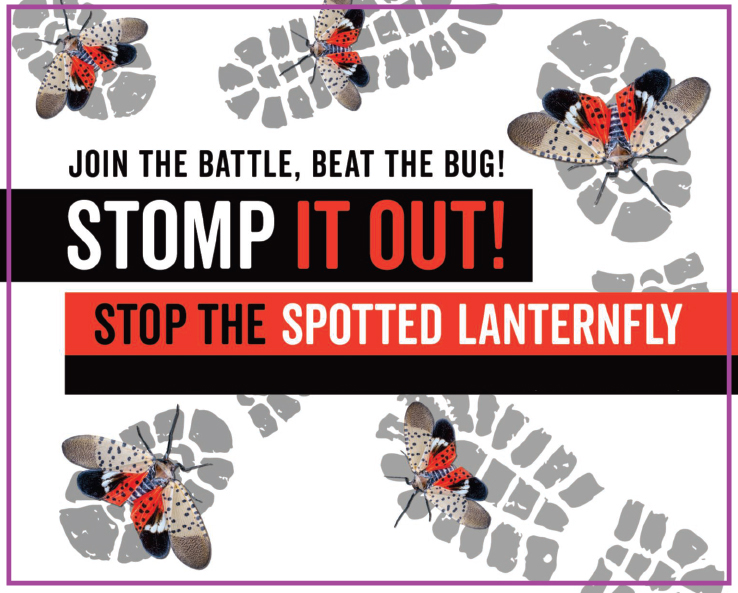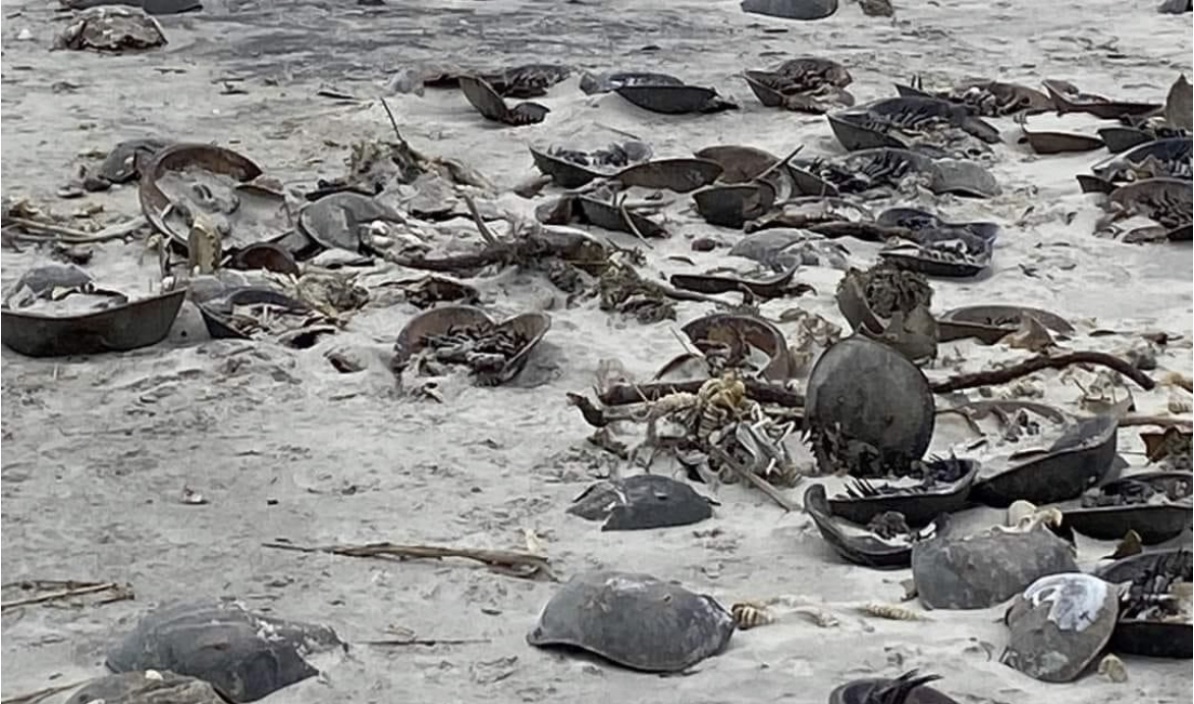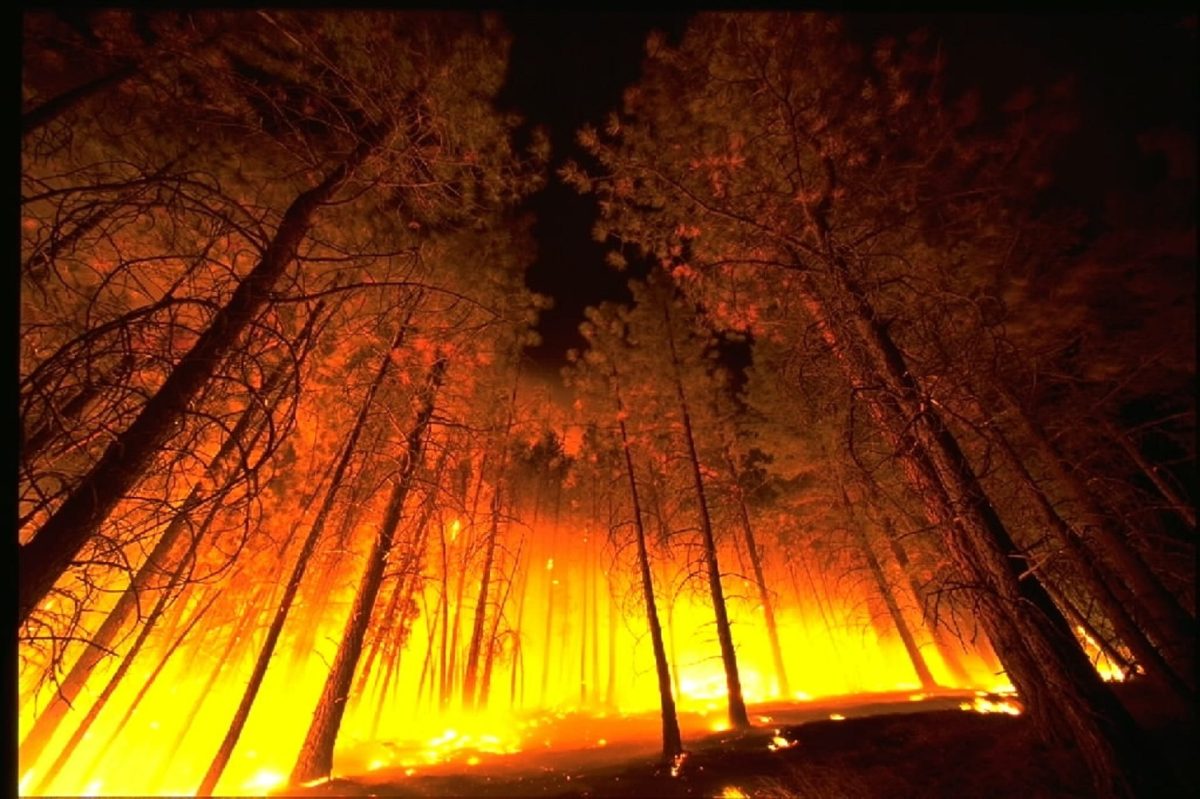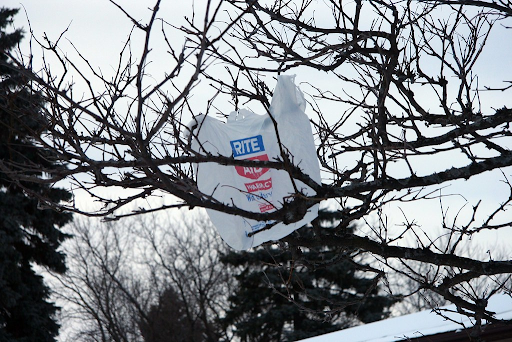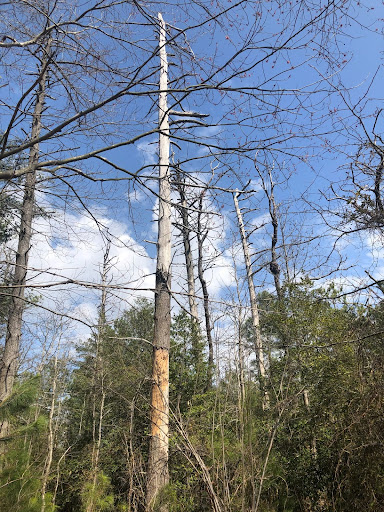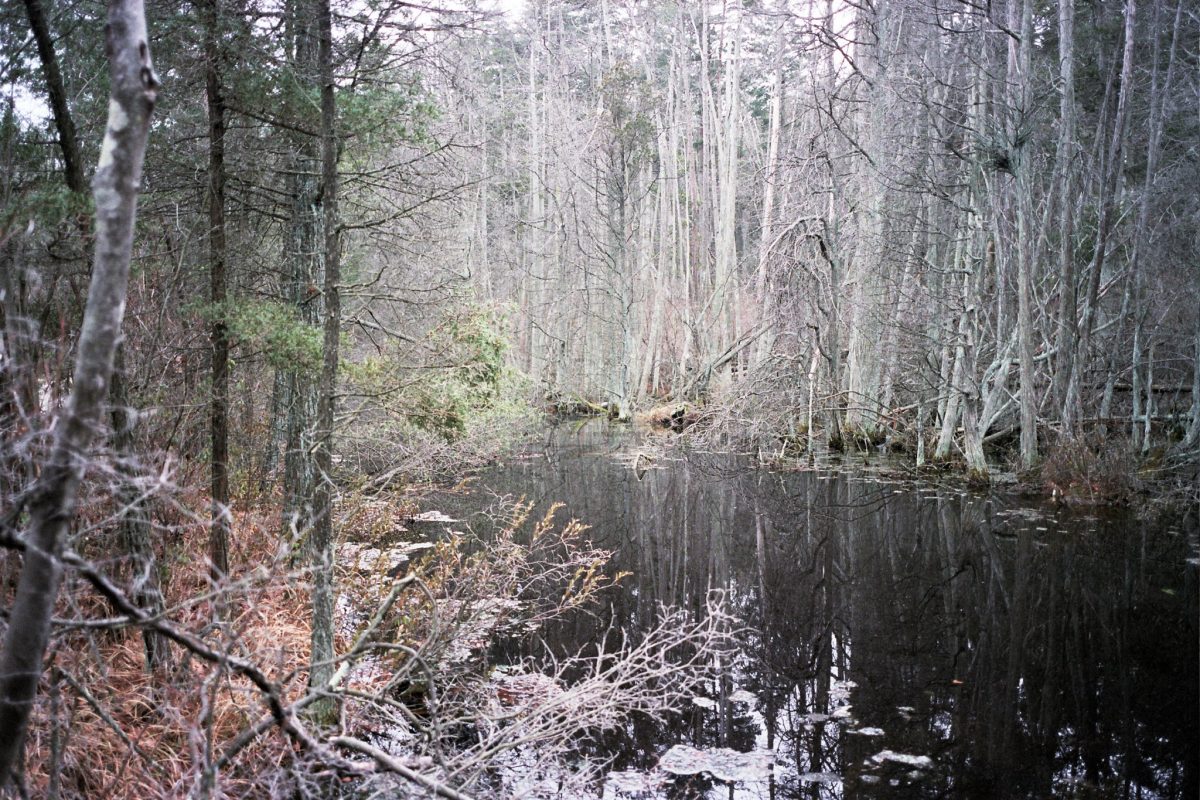April 10, 2023
The signs of spring are everywhere: longer sunny days, budding plants and trees, and increasing activity of birds and wildlife.
But this time of year also marks the resurgence of many invasive species – plants, insects, animals and other organisms – that are not native to the ecosystem and can pose significant economic, social and human health impacts.
Humans are responsible for the presence of most invasive species, when we introduce them – accidentally or on purpose – to new locations. Climate change can also contribute to the prevalence of invasive species as the winters get milder and average temperatures rise.
In New Jersey, citizens and lawmakers are exploring new ways to combat invasive species in the Garden State.
In the State Legislature, there are bills to help better regulate invasive species. A mobile app helps residents identify and report invasive species. And citizens are being asked to stamp out invasive insects when they see them in their yards, gardens and forests.
But the first step is identifying these pests.
Here is a guide to some of the most invasive insects in New Jersey.
Spotted Lanternfly
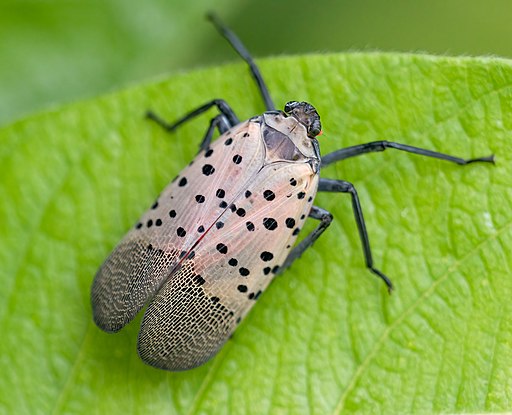
The spotted lanternfly was first detected in Pennsylvania 2014 and made its way to New Jersey in 2018. The insect is a threat to some crops and trees, in particular vineyards. In February 2023, the state announced that lanternflies were active all 21 counties and asked business and individuals to inspect items like wood, lawn equipment, rocks and stones for egg cases before traveling in an effort to restrict their further spread. In addition, residents are asked to destroy nymphs and adult insects and to remove host trees like “Trees of Heaven” from their property.
Spongy Moth
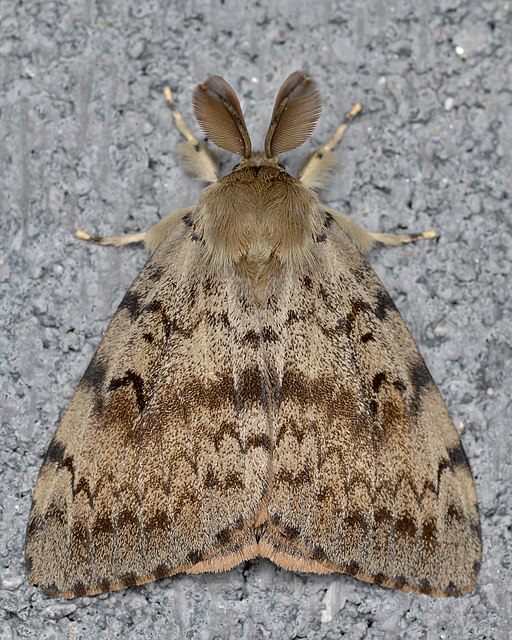
The spongy mouth (formerly called the gypsy moth) is considered one of New Jersey’s most destructive invasive insects. Native to Europe, they were first introduced in the U.S in 1869 when they were bought to be bred as resilient silkworms. While larvae prefer oak trees, they feed on over 300 species of trees and shrubs. They have few natural predators which allow their population to quickly grow. If numbers continue to increase, it can lead to a troublesome infestation in urban neighborhoods. Moreover, these pests also cause a rash similar to poison ivy which, coupled with the substantial amount of moths, will result in considerable annoyance to people and pets.
Brown Marmorated Stink Bug
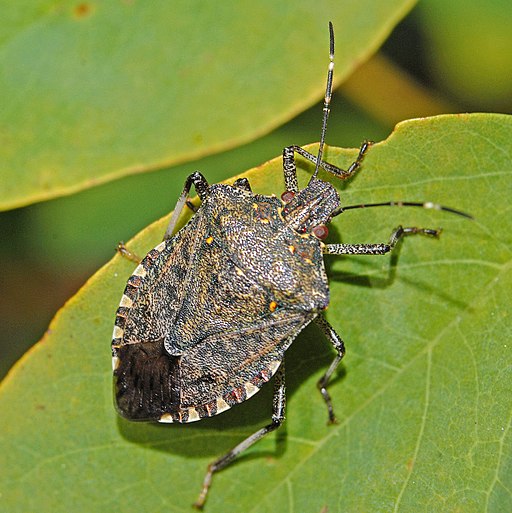
The brown marmorated stink bug is a brownish-gray shield-shaped insect more commonly known as a “stink bug.” They were accidentally introduced in the U.S in the mid-1990s and are relatively harmless to humans, but they are considered a nuisance due to their unpleasant skunk-like odor and tendency to infest buildings. They feed on a wide range of fruits, crops, ornamental plants, and weeds, leaving them damaged and unable to be marketed for human consumption. Their eating habits also lead to vulnerability to disease from wounds in leaves. With no natural predators and a key characteristic being that they can eat a wide range of plants, they have practically nothing regulating their growth. It is difficult to eradicate these invasive pests due to their ability to endure cold winters and communicate optimal hibernation environments to each other and currently, there are no effective pesticides to use against them. Their population numbers are projected to increase in northern areas, as a result of climate change.
Praying Mantis
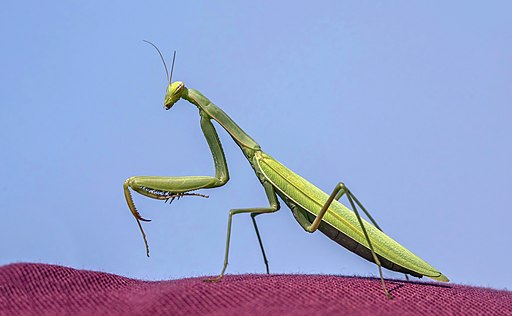
There are two invasive mantis commonly found in the Garden State: the Chinese mantis and the European mantis. The Chinese mantis is tan with a pale green line running down their side, can reach up to five inches in length and is characterized by a yellow spot between their front legs. They were introduced in 1896 and since then, their population has dramatically increased. The European mantis can grow up to three inches in length, range from tan to bright green and are characterized by a black dot under a joint on their forelegs. They were introduced as pest control for gypsy moths and since then have spread throughout North America. They are also sold as a form of pest control which adds to the spread of their species. Their feeding habits and large size poses a threat to pollinator insects, endangered monarch butterflies and hummingbirds, among others. They also prey on and outcompete native Carolina mantis, driving down their population.
Japanese Beetle
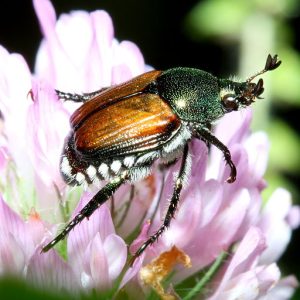
Japanese beetles are oval shaped with a metallic-green body, fuzzy white spots, and bronze wing covers. They were discovered in the U.S in 1916 on imported azalea roots. Since then they have become a common garden and crop pest. They are “grub pests,” meaning they live in the soil for months before surfacing. While underground they feed on roots and adults above ground feed on leaves, decaying fruits, and flowers. They skeletonize leaves, defoliating plants and leaving them susceptible to disease. Japanese beetles feed on almost 300 plants, making them a major pest to gardens, lawns and farms and over $460 million dollars are spent annually to control larval and adult beetles.
Emerald Ash Borer
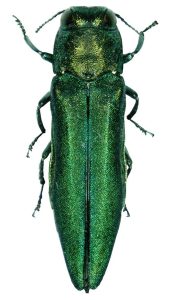
The emerald ash borer is typically a quarter to half an inch long, has a narrow metallic green bullet shaped body and is purple or red under its wings. This insect is native to Asia and Russia and was discovered in the U.S. in 2002. Their larvae kill ash trees by tunneling under bark and feeding on the inside layer, damaging vascular tissue that transports water and nutrients. Today, it is considered the most costly and destructive invasive wood boring insect, It has been estimated that they have killed between seven to nine billion trees in the U.S alone. The major destruction of ash trees is troubling because they are one of the most valuable and abundant North American woodland trees and many organisms rely on them and their disappearance will negatively impact ecosystems affecting other plants, animals and water supplies. Their disappearance would also affect humans, ash wood is frequently used in many products.

